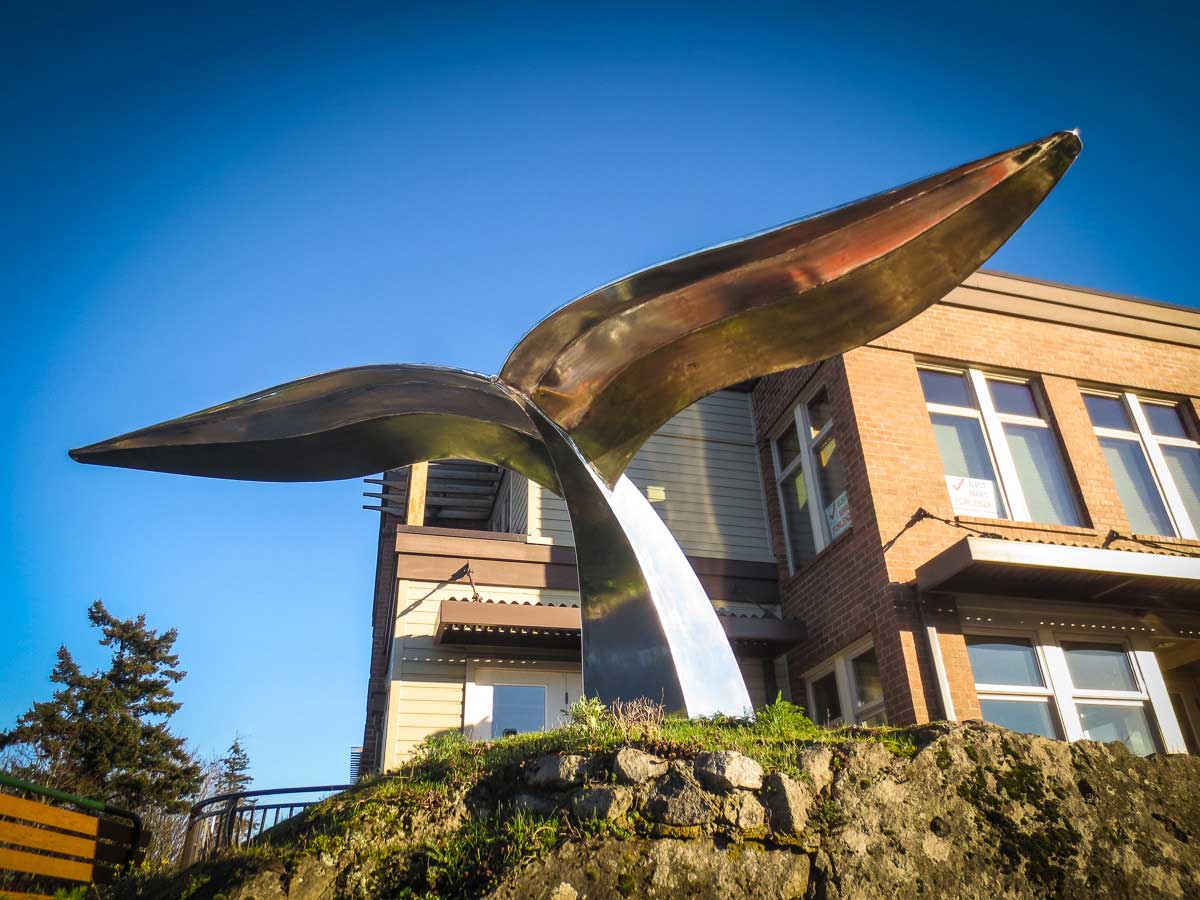So public art is almost guaranteed to be a can of
worms- reaction-wise.
Not only do people squabble about aesthetics, but if
their tax dollars pay for a piece, someone is always bound to ask, “How the
hell did THAT get there?”
I hunted down the answers to that very question on
the web the other day, and ran across three stories that opened up another
question- mainly, “Does the process of placing public art affect the way people
react to it?”Their juxtaposition knocked me out.
The first described the public’s response to two proposed pieces for Dunnet Beach in Caithness, Scotland. They had gone through a typical “top down” approval process by the Highland Council’s Landscape Office, which had determined that they’d enhance an important place in the area.
But the sculptures were nixed by the public during a meeting of the local council. Citizens highly objected to the works themselves, their placement, and to the fact that they had had no say in their selection. So it was back to the drawing board for the officials, who had hoped to have the pieces in place for the summer season.
One former local councilman feared that failure to agree on the design could cause the area to lose the £50,000 allotted to the project.
The second story discussed a “bottoms up” process to erect the first piece of public art on Friday Island in Puget Sound. The polished aluminum whale’s tail called “The Fluke” had been displayed at a local resort for a year when the local sculptor put it up for sale. He offered it to the town at a discounted price because he wanted it to stay on the island. 27 residents donated cash to snag it for a public spot near the ferries.
Locals not only liked the piece, they hoped it would be the first of many public art works on the island.
The final report, probably the most fascinating, came from Weymouth, England. Private businesses chose to fund a statue for the town, but instead of selecting an existing sculpture or design, they hired an artist, Andy Kirkby, to create one that would fit the location..
The Dorset Echo, a local newspaper, reported that, “Andy said he is looking forward to meeting local people at a public meeting in January, where he hopes to gather important local key themes and aspirations for the design from the community. Schoolchildren will be involved in model-making and it is hoped a link can be established with Weymouth College students.
A blog will also be set up so people can put forward their suggestions and feedback.”
In other words, it will be art with full consent of the governed. It remains to see how that works out for them.
So according to these three stories, bottoms up decisions are more likely to get the nod, and top down the raspberry, for public reaction.
On a related note, I found a fascinating blog post about the process that's most commonly used for choosing work under the Percentage for Art around the nation.
Popular since Phildelphia started it in 1959, it allocates a percentage of the cost of public construction (usually from .5-1% of the total cost) for public art for the community's enjoyment. It's a fairly straightforward process. You can find the whole thing here:
http://youcallthatart.net/2010/10/22/blog-who-picks-it/


No comments:
Post a Comment
Because blogger has made it impossible for comments to appear on this blog, please send all comments to cassidyp4@netscape.net
I'd love to hear from you and will post your responses in the post itself.
Thanks!